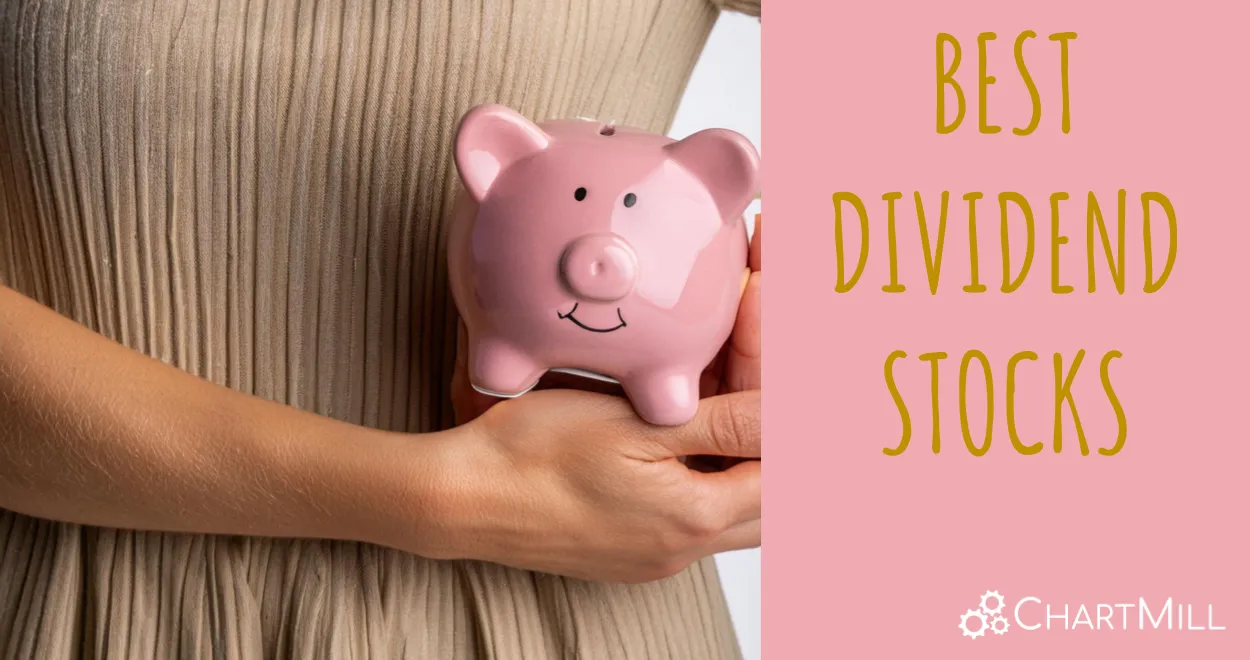Exploring NYSE:STLA's dividend characteristics.
By Mill Chart
Last update: Aug 13, 2024
Unearth the potential of STELLANTIS NV (NYSE:STLA) as a dividend stock recommended by our stock screening tool. NYSE:STLA maintains a robust financial footing and delivers a sustainable dividend. We'll delve into the details below.

Exploring NYSE:STLA's Dividend
ChartMill assigns a Dividend Rating to every stock. This score ranges from 0 to 10 and evaluates the different dividend aspects, including the yield, the growth and sustainability. NYSE:STLA scores a 7 out of 10:
- With a Yearly Dividend Yield of 10.89%, STLA is a good candidate for dividend investing.
- STLA's Dividend Yield is rather good when compared to the industry average which is at 3.60. STLA pays more dividend than 100.00% of the companies in the same industry.
- STLA's Dividend Yield is rather good when compared to the S&P500 average which is at 2.33.
- On average, the dividend of STLA grows each year by 386.64%, which is quite nice.
- STLA has been paying a dividend for over 5 years, so it has already some track record.
- 22.63% of the earnings are spent on dividend by STLA. This is a low number and sustainable payout ratio.
ChartMill's Evaluation of Health
ChartMill utilizes a Health Rating to assess stocks, scoring them on a scale of 0 to 10. This rating takes into account a variety of liquidity and solvency ratios, both in absolute terms and in comparison to industry peers. NYSE:STLA has earned a 7 out of 10:
- With an excellent Altman-Z score value of 2.18, STLA belongs to the best of the industry, outperforming 80.49% of the companies in the same industry.
- STLA has a debt to FCF ratio of 2.43. This is a good value and a sign of high solvency as STLA would need 2.43 years to pay back of all of its debts.
- STLA's Debt to FCF ratio of 2.43 is amongst the best of the industry. STLA outperforms 95.12% of its industry peers.
- STLA has a Debt/Equity ratio of 0.24. This is a healthy value indicating a solid balance between debt and equity.
- The current and quick ratio evaluation for STLA is rather negative, while it does have excellent solvency and profitability. These ratios do not necessarly indicate liquidity issues and need to be evaluated against the specifics of the business.
Understanding NYSE:STLA's Profitability
ChartMill assigns a Profitability Rating to every stock. This score ranges from 0 to 10 and evaluates the different profitability ratios and margins, both absolutely, but also relative to the industry peers. NYSE:STLA scores a 9 out of 10:
- STLA has a better Return On Assets (9.20%) than 92.68% of its industry peers.
- Looking at the Return On Equity, with a value of 22.76%, STLA belongs to the top of the industry, outperforming 92.68% of the companies in the same industry.
- STLA has a better Return On Invested Capital (15.22%) than 95.12% of its industry peers.
- The Average Return On Invested Capital over the past 3 years for STLA is above the industry average of 11.59%.
- The 3 year average ROIC (14.80%) for STLA is below the current ROIC(15.22%), indicating increased profibility in the last year.
- STLA has a better Profit Margin (9.81%) than 90.24% of its industry peers.
- STLA's Profit Margin has improved in the last couple of years.
- With an excellent Operating Margin value of 12.19%, STLA belongs to the best of the industry, outperforming 97.56% of the companies in the same industry.
- STLA's Operating Margin has improved in the last couple of years.
- Looking at the Gross Margin, with a value of 20.12%, STLA is in the better half of the industry, outperforming 70.73% of the companies in the same industry.
- In the last couple of years the Gross Margin of STLA has grown nicely.
Every day, new Best Dividend stocks can be found on ChartMill in our Best Dividend screener.
For an up to date full fundamental analysis you can check the fundamental report of STLA
Keep in mind
This article should in no way be interpreted as advice. The article is based on the observed metrics at the time of writing, but you should always make your own analysis and trade or invest at your own responsibility.